A contender for one of the best albums of 2022, ‘Living In Fear’ is SIN COS TAN’s most accessible and immediate body of work since their 2012 eponymous debut.
A prolific period between 2012 to 2015 saw the Finnish duo of Juho Paalosmaa and Jori Hulkkonen release three albums ‘Sin Cos Tan’, ‘Afterlife’ and ‘Blown Away’ in quick succession. But the creative intensity over took its toll and while the pair continued to work together on other projects, SIN COS TAN went into hiatus.
Paalosmaa returned to his other band VILLA NAH for 2016’s ‘Ultima’ album which Hulkkonen co-produced. Meanwhile Hulkkonen continued his solo career, releasing a number of solo albums, EPs and singles to continue a tradition in music making which had begun in 1995 and even hit the mainstream when as Zyntherius, he scored a 2002 Top30 UK hit with a cover of ‘Sunglasses At Night’ in collaboration with Tiga.
Inspired by the experiences of separation during the pandemic, a toe dipping exercise between Paalosmaa and Hulkkonen led to the ‘Drifted’ EP, the first SIN COS TAN material in six years. However with current world events and the bear next door looming like The Cold War had never ended, SIN COS TAN became creatively re-energised and presented their fourth album, the aptly titled ‘Living In Fear’.
Jori Hulkkonen took up ELECTRICITYCLUB.CO.UK’s invitation to chat over a game of Vintage Synth Trumps about the making of ‘Living In Fear’ and the workings of SIN COS TAN…
So the first card is a Multimoog…
The thing about Moog synthesizers is I’ve always been a bit scared of them… I never felt like I was a keyboard player and I’m still the same. My approach to making music has always been programming and sequencing stuff in the studio, I always felt Moogs were more like a keyboards player’s synth, a more traditional instrument- like a violin. With the panel layouts, you could play it with one hand while controlling it with the other… it was made for live performance but I can appreciate that.
Also back in the 80s when I started out, you needed CV/gate to control the stuff and there were a few different systems. I preferred the systems that Roland were using… Moog was different from that so having the CV/gate stuff didn’t really support it. The Moog was also more expensive than Japanese equipment, they were always out of my reach. The Japanese stuff I had was very small and tight so not so great for the live environment but that wasn’t my thing anyway, especially back in the day.
I had this strange fear of anything Moog and they sound amazing and beautiful, I’ve heard them in other people’s studios and I’ve worked with Moog stuff, but I’ve never actually owned anything by Moog.
When the first self-titled SIN COS TAN album came out, social media photos had it placed in front of a Minimoog, who did that belong to?
That’s Tom Riski’s, the boss of our label Solina; he used to be in some bands in the 90s and he was a keyboard player and collector. He sold pretty much all of his stuff when he gave up being an active musician, but he still had that when the album came out. I did buy something from him *laughs*
You’ve mentioned fear, and this new SIN COS TAN album is called ‘Living In Fear’, how did you and Juho come up with the title?
This album came together rather quickly, the first session was in January this year and finished by the start of May as that was the deadline for mastering. There were some ideas and songs but at the time of recording, the Russia / Ukraine conflict started and obviously in Finland, that was a big thing. So we suddenly realised we could make that a motif for the album. It was Juho’s idea to call it ‘Living In Fear’ and that felt like it defined a lot of the songs we had there. The album even ends with a song called ‘War Time’.
There’s also a lot of commentary with the fears and pressure people have in this day and age from social media. Artists, what we are supposed to do these days is be like Instagram stars and promote our music online. But people like Juho and me aren’t into that, so it kind of scares us in a way. So that’s one level, another is the change in the world right now environmentally but another is the dawning of AI; Artificial Intelligence scares a lot of people, is it going to take away our jobs? It’s going to change a lot of things and funnily enough, we did an music video for ‘Endless’ which was AI based… a year ago, a video like that would have cost a million dollars and now AI is doing it for a few pennies.
Then of course, there are personal fears you might have and there are some quite personal songs on the album from Juho and me. Fear is a really strong motivation in people’s lives and we realise that was something that the album could reflect. It’s not a theme album as such, not like ‘Blown Away’ was. But it’s an album that does have a theme and something we wanted to focus on because it was there.
I can imagine in Finland, you have that 1200+ km land border with the Bear Next Door and on your website bio, it mentions how growing up, music was your escape from The Cold War, Chernobyl and imminent nuclear destruction… so in your head with everything going on, has it been like “NOT AGAIN!!”?
Definitely, but at the same time, it’s weird and probably not very healthy either, it feels kind of comfortable to be back in that same state of mind that you grew up in!! It’s like you grew up in not a nice place, but you get 20-30 years out of it and then you get drawn back into The Cold War state of mind. It’s where I come from and there’s nothing good about it, but somehow feels very familiar so you can handle it in a different way, compared to others. Our generation grew up with it and it’s interesting how the 90s generation grew up very optimistic and open, while the Millennials were free to travel all over Europe and suddenly it’s a big change.
I totally get where you are coming from, because where I live, it was the centre for UK missiles so was a nuclear target. As an ULTRAVOX fan, you will know ‘Dancing With Tears In My Eyes’, ‘All Stood Still’ and ‘All Fall Down’ were songs about Armageddon while there were other similarly themed songs such as ‘Enola Gay’, ‘Fireside Favourite’, ‘I Melt With You’…
Yes, for us, it been like “well, it’s back to the norm”, it’s something we became accustomed to growing up in the 70s and 80s, it’s like the baseline…
Do you anticipate if this tension goes on any longer, it will affect the artistic expression? Do you see art as channelling that angst again?
I think I’ve been channelling that through the years anyway! *laughs*
But overall, this decade has been a real downer with the pandemic and now the war, so if we are trying to look for silver linings here, I think it will be interesting for the creative community to get something out of it, the frustration, the fears and all that. For sure, it’s going to do something for music, for the arts, for anything creative. It remains to be seen, it’s not going to happen overnight.
Like now at the end of 2022, people are starting to release all the music they did during the pandemic and the lockdowns, so now we are getting the pandemic music. Yes, some people released stuff during the pandemic but now we can play gigs and people can travel, so the records are coming out.
Something we discussed during the making of the album is, has the pandemic affected how we listen to music? Suddenly you’re stuck for 2 years at home, so do you listen to a different kind of music? Is it stuff to calm you down because you’re not in the mood for party music because there’s nowhere to go as the planet was closed! So did it change how people react to music, what kind of music they want to listen to? Did they dig up some old records for comfort? That remains to be seen, I hope there’s some real studies out of all this.
The return of The Cold War is going to be a big thing for a lot of Europeans. Obviously in Finland, we follow a lot of this but even though NATO is more or less involved in the conflict at some level, in America or Asia or Africa, this is like this local thing that’s happening in Europe. Let’s hope it says that way, we don’t want World War 3! I think the effect will also be local and probably affect the Scandinavian music and arts. There will be a big impact.
Despite the surroundings it was created in, ‘Living In Fear’ has turned out to be your most accessible album and possibly your poppiest as a form of escape? Any thoughts on that?
When we realised a lot the songs deal with pretty heavy issues as the lyrics were quite dark, we wanted to juxtapose that with some light production and make it chirpy even. I guess on our level, it’s light if you don’t look deep into it. I think it was the contrast of the lyrics and the easier approach of keeping the darkness inside, so it looks shiny and nice outside. But once you open the door, you realise it’s doom and gloom, it’s in there but not in your face. Only on a couple of songs ‘Not in the Business of Forgiving’ and ‘Killing Dreams’ did we let them drown on their way as they needed to sound heavy. But otherwise on the other tracks, we tried to keep it escapist, like that escapism of the 80s, the plastic innocence to hide the doom and gloom.
I’d like to highlight ‘More Than I Can Love’ which drops in ‘What Is Love’ and ‘Enjoy The Silence’, there is this Eurodance with melancholy thing about it?
Juho had this demo and it was leaning towards early 90s, my guide if there was a song that had the right balance of uptempo dance beat and melancholy was ‘Disappointed’ by ELECTRONIC. I was aiming that kind of driving Eurodance but with this classic UK synth indie pop melancholy, that was the lead idea. We wanted to avoid sounding too much like 90s Eurodance but also we didn’t want to do the ‘Enjoy The Silence’ thing. It was like a balancing act, you don’t want to sound like you are just ripping someone off or doing an 80s rehash. You try to sound modern while staying true to the essence.
With the music we do and the influences we have, there are no secrets, people know… if you listen to our records, whether it’s SIN COS TAN, VILLA NAH or my solo stuff, it’s easy to figure out where we come from musically *laughs*
It’s really interesting that the technology at the time back in the day was moving so fast… compare the records people were making in 1980 and then 1990, how they sound and how they were made, it’s one of the biggest shifts we ever had in music in terms of production. I always felt like there wasn’t enough time for this sound to be explored enough because people were already moving onto the next thing.
Famously John Foxx said samplers ruined music and in a way I kind of agree, although I also disagree as I think samplers are great. But at the same time, the period of late 70s synthpop like the early stuff of THE HUMAN LEAGUE, it would have been interesting if that level of technology had been around for 10 years. People would have had more time to really dive into that sound and the different possibilities it offered… but it was all going so quickly and suddenly it was digital and samplers, going to the next thing.
So records started to sound dated within a year or two which was crazy. Pop music today, I think in the last 20 years, there hasn’t really been a sound in the sense of “a sound that you haven’t heard”. Modern music doesn’t date as quickly as it did in the 80s, but I still feel there are so many things that you can go into a rabbit hole of listening to with the 80s, stuff that could have been explored more.
One cool thing nowadays is something like Spotify and YouTube because you can find ALL the records that you never knew but existed but I don’t have enough time. There is so much more stuff I hear from the 80s that I would have loved to have heard back in the day. I keep finding “new” old records almost weekly that came out sometime in the 80s that I like. That’s the thing, things moved so quickly and people moved onto the next thing, so those records never really had a chance.
When it comes to what kind of sound you are looking for in a song, I think there is an endless bowl. SIN COS TAN has been put into this category of “80s synthpop” and all that, but “80s synthpop” is so much bigger than a lot of people realise and there is so much to explore. There’s so many things that could have become the next big thing but they didn’t because of trends, technology or whatever reason, the pace was just so quick.
Talking of technology, time for another card and it’s a Yamaha CS60…
I had the CS60 and the CS80 which was the big brother, it was one of the biggest and most expensive synths that you can still find, if you can find one. The CS80, in the late 90s, my friend and I were still living up north and found one in really bad condition. The guy who sold it to us said according to the serial number, it once belonged to Stevie Wonder; I don’t know if it was true… but then he didn’t charge extra and we got it super cheap. Me and my friend were both just doing dancefloor stuff and the CS80 was more of a keyboard player’s synth, even more than a Moog.
We had it for a while and realised because of its size and its weight that we couldn’t go back and forth to our studios with it. So it was stuck in one place and not used that much. Later on when I had my peak crazy synth collection period in 2006-2007 and had a really big studio, I had a CS60 there and that I did use quite a bit. I was more comfortable with my keyboard playing by then. I used it on a lot of records from that period, we used it on the first SIN COS TAN album, solo stuff and productions for Tiga. It’s another keyboard player’s synth and one time, I had Jimi Tenor come to my studio as he was doing a gig in Turku. So he was playing it and I realised it really is not about the equipment, it’s about the idea and your ability to play an instrument, those are the ingredients.
The magic that Jimi was able to get out of the CS60, it was mind-blowing but also depressing in a good way because you see people who are super-talented at an instrument… I’ve always been more of a programmer and classic producer type where I’m not great at anything, but can handle a lot of things to put it all together and make little tweaks.
When you work with people like Jimi who are super-amazing at playing or with Juho and his voice, you are happy that you know them and get to work with them. So there are keyboard players that can make those machines come alive. When choosing a synth, you have to think “what can I get out of this machine or is it wasted on me?”
I remember there was this classic ‘Top Of The Pops’ where John Foxx did ‘Underpass’ and the band had like three CS80s on stage which was crazy…
So how important then was “synth image” to you as a fan getting into this type of music, where your favourite artist uses a particular piece of equipment?
That was everything! That was kind of the whole thing, when setting up my first studio, it was like living this childhood dream being surrounded by synths. So yes, for sure, growing up in the 80s and seeing these pictures, watching the videos and reading magazines and all that, it seemed so futuristic and out of this world, especially all the drum machines and synths.
In Finland, most of the music you heard and saw was uninteresting rock and heavy metal so you would be lucky if there was a keyboard or even a piano player in a band. So this futuristic world with keyboards, flashing lights, LEDs, computers and all that, for me that was Science-Fiction. It was a really big part of the appeal that got me interested in electronic music. I did like electronic music even before I realised what it was, so it all ended up enhancing all those ideas.
Another card and it’s a Korg Poly 6…
I never had one but I’ve had a lot of Korgs; the thing with Korgs is a lot of my friends had the MS10 or MS20 but I never liked the sound. There was something about that sound that I never really took to, I appreciate it as a synth and I like that it is semi-modular.
But it’s also on a different scale than the Rolands with all the CV stuff so it didn’t work that well with them, so that was one reason. I think it was also something about the filters that I never really loved. I used a Yamaha CS15 for that sort of stuff, it was similar but duophonic and it also has audio-ins so you could use the filter and the filter was smoother than the Korg MS stuff.
Of the Korg polyphonic stuff, I hit the jackpot 20 years ago at an amazing synth store in Stockholm called Jam, the guy running it Johan was amazing and we became really good friends. I used to go there quite a bit. They are still going strong, I love them.
In Finland, we never had really good synth stores for vintage stuff. Although we are neighbours and Finland is bilingual with Swedish being our second language, the culture is so different when it comes to pop music. I was fortunate living in the north of Finland, I was close to the Swedish border so grew up with Swedish radio and TV.
In Sweden, they have an amazing scene with synthpop and electronic music, even from the 70s and 80s. There was so much stuff and variety and that’s how I discovered a lot of music. In the Swedish language, there is even a word “Syntare” for a person who listens to synth music and Italo disco. So I’ve always had really close relations to Sweden and because they had such a big culture in electronic music, there was more equipment going around. When I went there for the first time, it was like “WOW!”.
What did you buy at Jam?
I got this Korg PS3100 which is like a blown-up MS20; it had a patch bay and was semi-modular but a 48 note polyphonic analogue synth! It was again made for keyboard players but because of the semi-modularity, you could control the gates and outboard gear. So that became the staple of my sound for 15 years; I used it on so many records for the polysynth pads.
The Korg Poly 6 was one of the last of the analogue polyphonics of the 80s, I’ve had a lot of the drum machines and I had the Mono/Poly so I’ve had a lot of Korg stuff. Again, the Japanese stuff was cheaper to buy than Moog or Oberheim…
It’s interesting what you say about not getting on with the MS10 as Juho has one and used it in VILLA NAH who you co-produced…
VILLA NAH love the MS10 and they used it on the ‘Origin’ album, it was one of the key synths for their lead sounds and solos. It was fine by me; they get exactly the sound they want and it fits with their music. Me personally, it was never the kind of synth I wanted to have.
I take it that Juho might be less of a tech-head than you are, so within the dynamic of SIN COS TAN, does he stop you from going too far with that and gets you back on track with the song?
It’s a totally different hat that I’m wearing when I’m a producer for an artist. But when I’m working in SIN COS TAN with Juho, then it’s a band so it’s my project as much as it is Juho’s. However, when it comes to working for others, you forget about your mixed feelings about the MS10 and you embrace what they can do with that *laughs*
I really like the idea of having these different roles when it comes to making music, it really is a big part of the fun with a project. Even when I make stuff with Juho as SIN COS TAN, there really is this moment where I decide I’m not going to be the guy who writes music with Juho, I will be the producer and mixer and now take a different approach. I change the perspective that I have on those songs and it’s something that I learned when people have approached me to work with them. Remixing and producing other people are totally different animals but there is something similar. I like the idea where people reveal their music’s secrets to you in the studio, whether it’s a remix or a production to make it work on the dancefloor or whatever.
That’s always been super-fascinating and again, we get into the cool things and the modern age where things on like Spotify, you can listen to classic records that are re-released as boxed sets where they have demos and works-in-progress. The idea of these different stages of a journey that a song takes, that really intrigues me infinitely as a musician, producer and fan. I don’t want to necessarily buy all these records and in some cases, there is stuff that I don’t even like, but I like to be able to hear how the demo became the song.
It’s nice that people are putting all this stuff out, like a cassette demo of the just-written song, then the band comes in and there’s a version with a producer that didn’t work out, and the remixed version that works, that is so fascinating.
You’ve always struck me as being a music fan first and professional producer or musician second…
For me, being a music fan is the No1 priority, that is what I am foremost… everything else is a category under that. Being a music fan is where it all comes from and that’s still how it is.
‘Own The Night’ from the album is very film noir and for Halloween, you synchronised it to the 1922 version of ‘Nosferatu’… did you already have images in your head while making the song?
That was another demo that Juho had, but it was clear from the first draft that I had this idea of how it needed sound. If there is a song on the album that sticks out as not being within the ‘Living In Fear’ theme in the more serious sense, then it’s ‘Own The Night’. It’s slightly tongue-in-cheek especially with the video and vampire, it’s was some very subtle comic relief. We were trying to strike a balance, like in the intro where Juho is doing the deep “hmmm-hmmm-hmmmmm” voice, there’s 16 tracks of him doing this gothic choir thing and then there’s the build up with the harpsicord, it sounded super funny. But at the same time, we didn’t want to push it too much so that it didn’t sound too comedic. We didn’t want it to come across as cheeky or too light-hearted.
‘Own The Night’ reminded me of Ennio Morricone, I don’t know if that is a suitable reference?
Yes, it is overtly dramatic like a lot of the Morricone stuff with all these changes before the big chorus. It does have that classic Morricone feel to it, it was one of the toughest songs on the album to get right. From the original demo, we knew it had a lot of potential. At the same time, the execution needed to be punchy enough for the dancefloor but to keep that ethereal spooky atmospheric thing that controls the vibe, it was all about the balance.
This has made me think of PET SHOP BOYS ‘It Could Happen Here’ which used a section of that Morricone track ‘Forecast’ that had that almost comedic Bowie-esque vocal by BLIZZARD…
Well for me, I am obsessed with both PET SHOP BOYS and Ennio Morricone, so they are always in the back of my head whenever I make music, especially when I do stuff with Juho where we go for this extra flair or drama, these things do come out….
‘You Again’ is a good example…
Yes, that was like HI-NRG mixed with this Morricone-ish riff, it was upper dramatic with the verses and then there were his upbeat, uplifting chorus and dark lyrics for this contrast before the ending focussing on the violin riff building up. It’s a mixture of PET SHOP BOYS and Morricone, but one particular song that also came to my mind when making it was ‘Sounds Like A Melody’ by ALPHAVILLE which also has this outburst of energy in the outro as well.
Was ‘Tightroped’ influenced by DAFT PUNK or is that just in my head?
It’s in your head… but then again, DAFT PUNK is in our heads as well so… *laughs*
‘Tightroped’ was based on a track we started 5 years ago… although we had this break where we didn’t release anything, we had some studio sessions every now and then. But things never really clicked to make us go “WOW”, there were some good bits but it never crossed that threshold to make it continue and work towards an EP or album.
Then when we started this album, there was stuff we had never used and ‘Tightroped’ had this synth riff that I couldn’t even recall when we first did it! We didn’t remember it, it was like “Is that us? Yes, it’s us!”. The track was this downtempo John Carpenter thing, so I decided to disco it up which is something I always do when we go to a dead end with a song, like I did with ‘Trust’ which was originally downtempo. So it was time to put on a four-to-the-floor kick and not exactly do an Italo disco, but more late 70s Patrick Cowley track with live sounding drums. That opened up a lot of doors for it and then I came up with the chord change for the middle part and there was a new lyric, it kind of clicked. So it’s like retro disco that was fun to put out there.
I’ve always liked the way how you’ve never been afraid of disco, either saying it or doing it…
I do a lot of dance and club music, if you do like dance and club music, you have to love disco and even though I started my career in house and techno, you have to acknowledge there is the legacy of disco. There’s so much stuff in house music that sounds fresh and futuristic, especially when it comes to crossing into more electronic stuff like Patrick Cowley or Gino Soccio… even today, their records sound ahead of the time.
I was never a big fan of the orchestral disco, it was always the more minimal stuff where it is all about the groove and basslines with minimal changes and gradual growth as well as the more electronic end of it. Yeah, those records defined my taste in music.
Another card and it’s the Korg 800DV, otherwise known as the MaxiKorg, Dave Ball from SOFT CELL had one of these…
This would have been designed to sit on top of your organ where you would do chords on that and this would be the lead synth to do these melodies. Synths from this period, they were more aimed at this market so were slightly cheaper. That meant these types of synths were on a lot of interesting records that came out in the late 70s and early 80s. It was like a synth to add one layer or one riff or whatever.
What I love about this era was that each band had a particular sound because they could only afford one or two synths but they were explored more…
Yes, this is something I don’t think has been looked into in the documentaries… this will not sound very nice but there is too much credit being given to the people making the music, because a lot of the music was being made by equipment around at the time. The fact that people had their hands on 2 or 3 synths and they were at the mercy of these synths (not the other way round) and the records couldn’t sound like anything else than what the technology allowed at the time. So it was really about the imagination of the artists to abuse them and get the most out of them… it really was within the constraints of what the technology was at the time.
So I think the technology was what defined that music as much as the people who were making the music and it was true during that period, as it was later when techno came around. The records that people made were amazing but at the same time, if you get those certain pieces of equipment and you understand a thing or two about music and you know how things work, it’s very easy to get that sound, but that doesn’t mean you’re going to get that great record. But the sound came from the equipment…
So are we talking Korg M1 piano here? *laughs*
No, we are talking about more about drum machines like the 808 or 909, the TB303 in acid house… things are defined by certain pieces of equipment. Like you couldn’t make a proper techno record if you didn’t have an 808 or 909. You really were kind of forced to have them or a sampler that could emulate a lot of that. If you had money, you could get the right equipment but that doesn’t mean you are going to make a great records because you still need to have some great ideas. But you could make these types of records without the equipment, you need the right drum machine to get the right dynamic in a club, you just can’t unless you have a million dollar studio with an engineer to make your record.
What I’m saying is the advent of the 808 or 909 enabled people to make a record in their bedroom that sounded good in a club, that for me was the big difference. It enabled dance music to become more direct for the people that were going to clubs, then going home and doing a record in their bedroom that sounded good in a club.
Obviously today, you can do anything with a computer so that has changed. But there was a brief period of time where you really did need to have certain pieces of equipment in order to make a dance record, regardless of how talented you were or what ideas you had or how great the songs were that you wrote. You couldn’t make a good dance record without a good drum machine. We sometimes forget the engineers who put all this stuff together … there was this documentary ‘808’ for example where even I was being interviewed, people are realising how hand-in-hand the technology and the changes in pop music just went super-fast in the 80s *laughs*
The final card is the EDP Wasp…
I never had one and I know there is a new version by Behringer… what makes the Wasp sound so interesting is the filter, so it’s on my modular system. I have an emulation of the Wasp filter, and I love the sound of it. But I think this was a really interesting time in the late 70s when these small UK and European companies doing these more limited weirder synths like the Wasp with its touch sensitive keyboard and Italian companies like Crumar that sounded different. There was this weird niche where people would be wanting something but couldn’t afford the American or Japanese stuff and would go for the weirder local products which adds something. I know in Finland, people had a lot of Russian stuff…
Oh, like the Polivoks? Did you have one?
Yes, I had one and I had a Faemi which was also Russian… so having stuff that’s not in the usual synth canon was great. There was a UK company that would sell synths as DIY kits and I got this CLEF B-30, a crazy, unpredictable little synth…
The kit company I remember in the UK was Powertran who made the Transcendent 2000, Bernard Sumner, Thomas Dolby and Ian Craig Marsh all had one…
There were a few different ones along with PAiA and I had a few of those, constructed by different people and put in different boxes, all sounding totally different and unreliable… you wouldn’t have wanted to go on stage with one! But in the studio, they were amazing and would provide those happy accidents. It was great that you didn’t know quite what was going to happen… the Wasp falls in some level into that category, with these giant companies doing their thing while these small companies doing their weird synths that are more punk in a way.
What’s your favourite synth that we haven’t mentioned yet?
I don’t know if it’s true, but I have a Roland Jupiter 4 which apparently used to belong to Simon Le Bon! The guy who sold it to me didn’t ask for anything extra but he said he bought it from him. I might as well continue my blissful life thinking that it is and for that reason, it is my favourite synth, if only because I get to share this story *laughs*
Otherwise, I don’t have any favourite synths, I had so much stuff over the years, I’ve come to appreciate them all, every synth I have ever owned or still own, had a purpose. They all do their own thing and they all inspire in a different way.
ELECTRICITYCLUB.CO.UK gives its sincerest thanks to Jori Hulkkonen
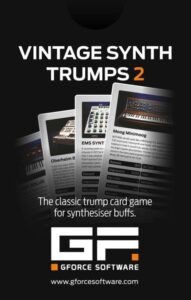 ‘Living In Fear’ is released by Solina Records as a limited edition vinyl LP and download
‘Living In Fear’ is released by Solina Records as a limited edition vinyl LP and download
http://solinarecords.com/sincostan/
https://www.facebook.com/homeofsincostan
https://www.instagram.com/sincostan_official/
https://www.facebook.com/JoriHulkkonen/
https://twitter.com/jorihulkkonen
https://www.instagram.com/jorihulkkonen/
https://open.spotify.com/artist/3maaZRO6VRwTf6oUik93ZJ
Vintage Synth Trumps is a card game by GForce packed with facts and statistics that features 52 classic synthesizers, available from
https://www.juno.co.uk/products/gforce-software-vintage-synth-trumps-2-playing/637937-01/
Text and Interview by Chi Ming Lai
Photos by Rainer Geselle
23rd November 2022

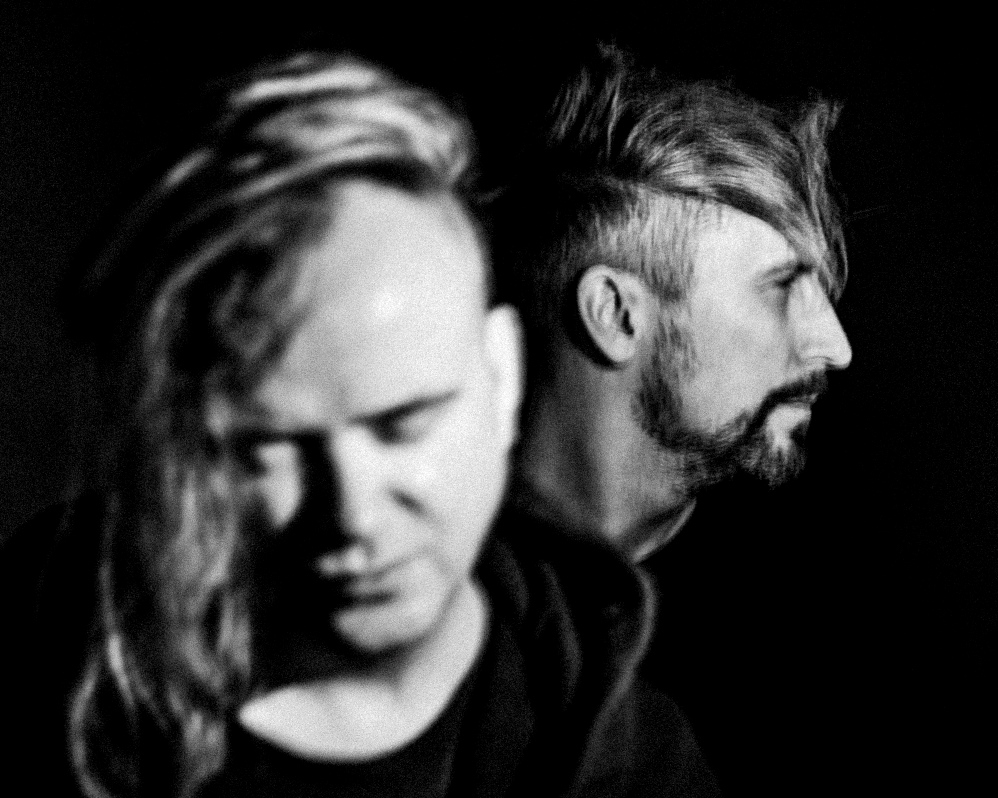
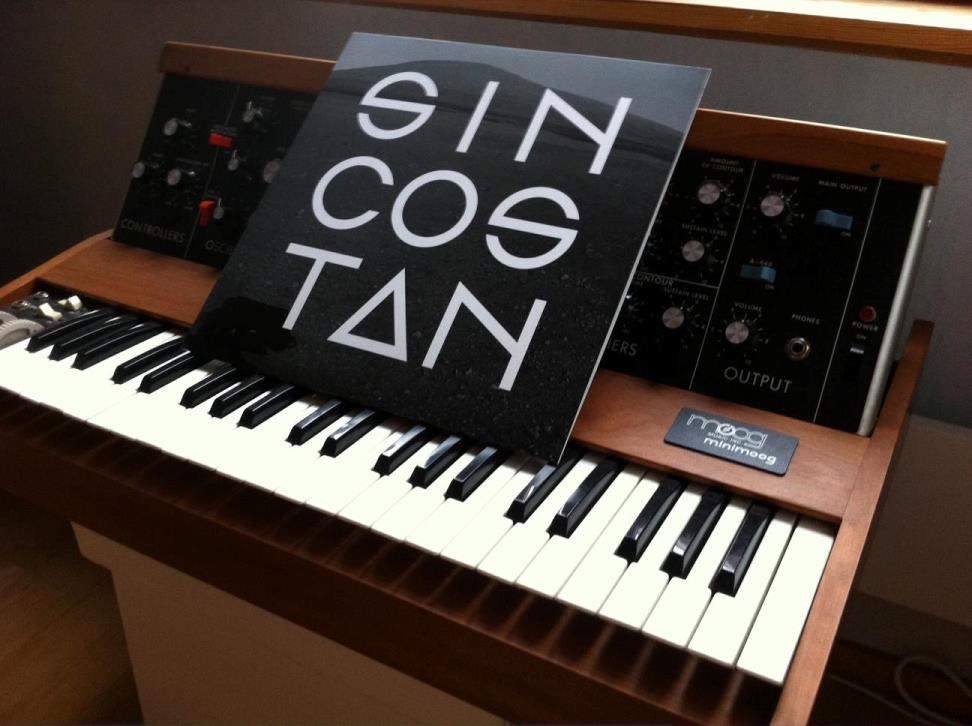
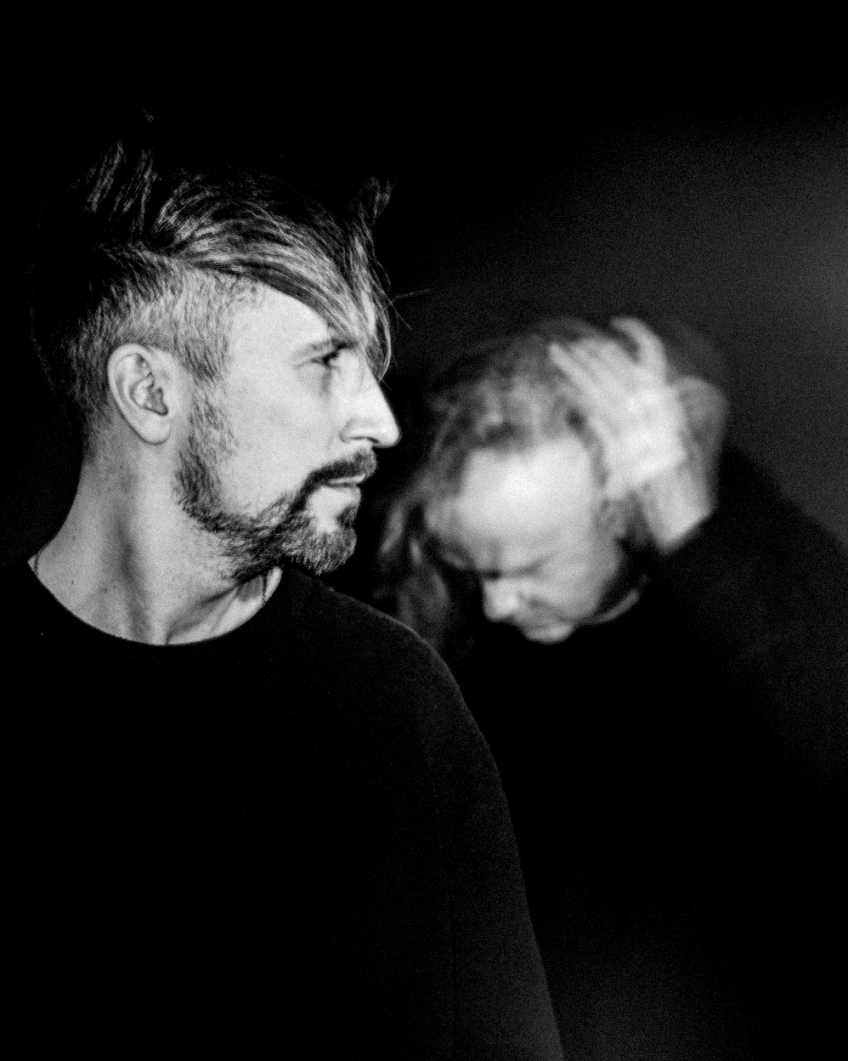


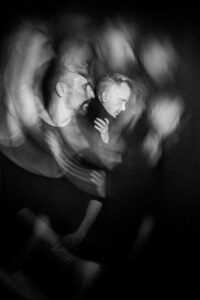
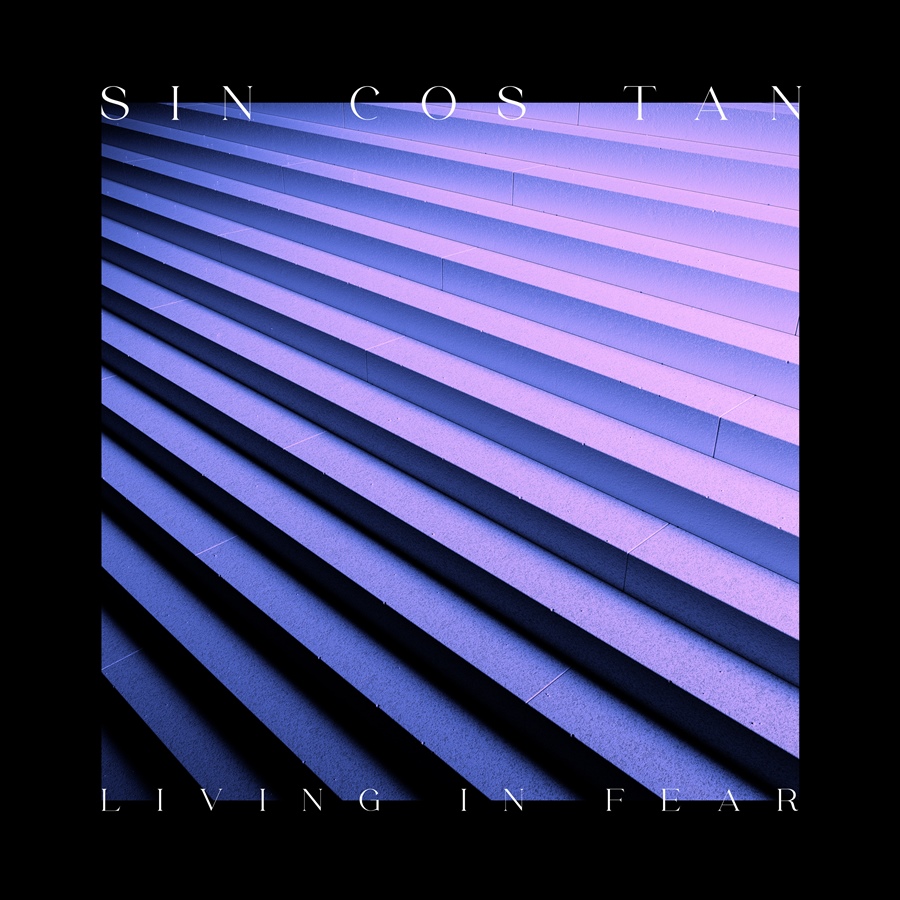



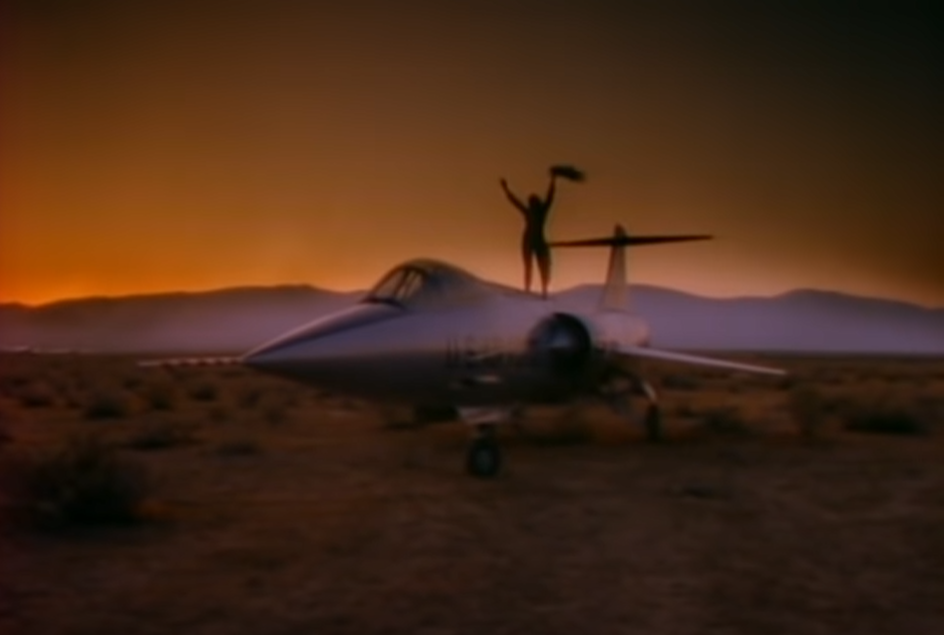
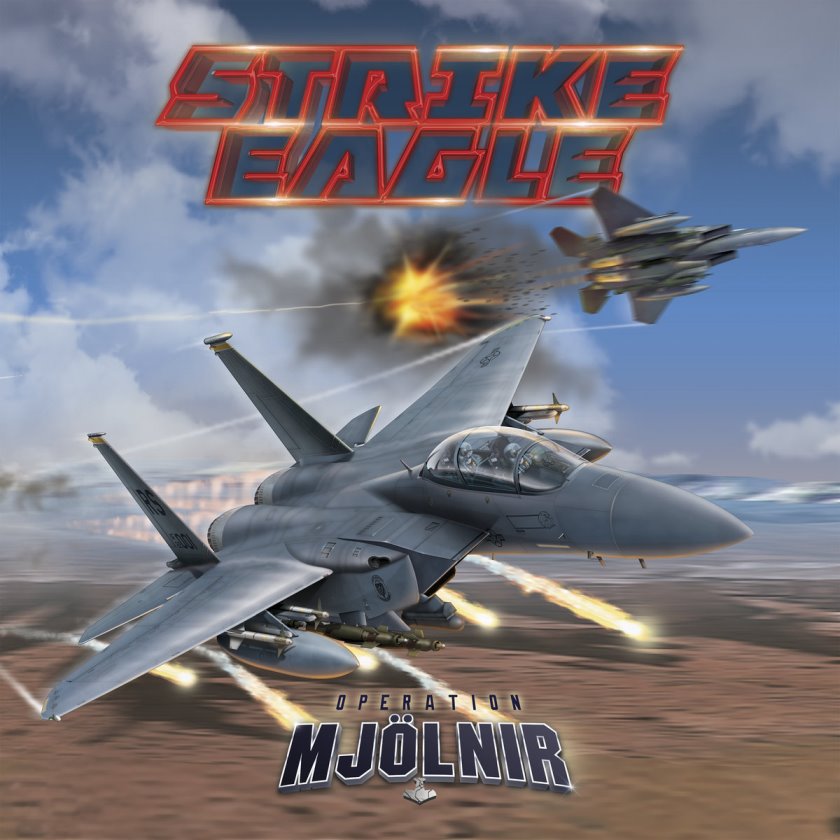
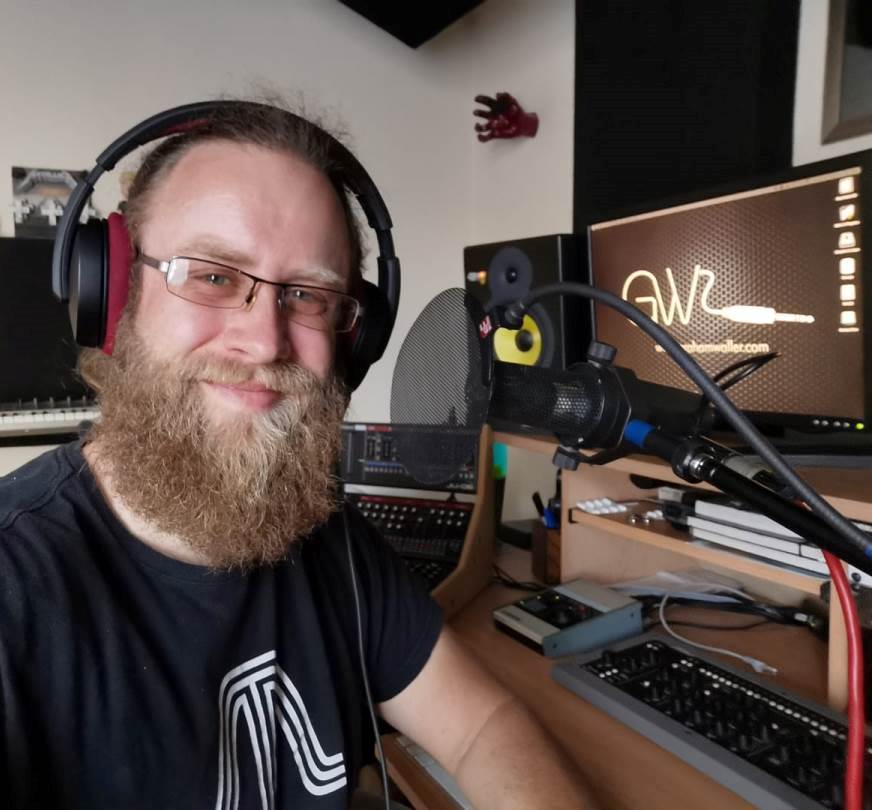
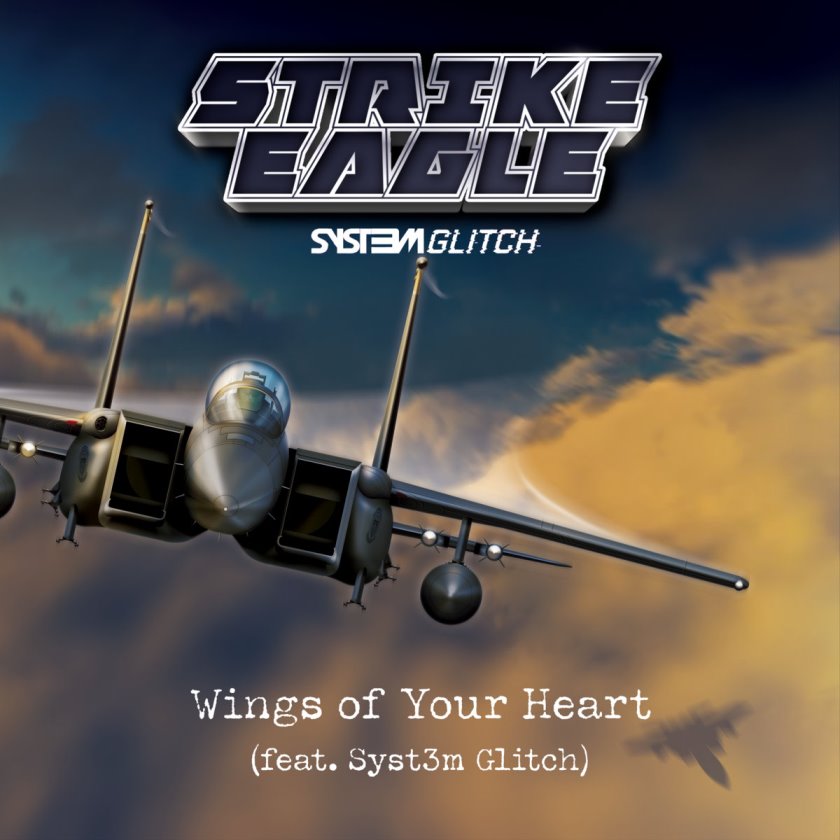
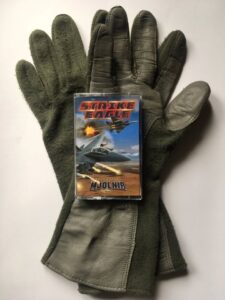
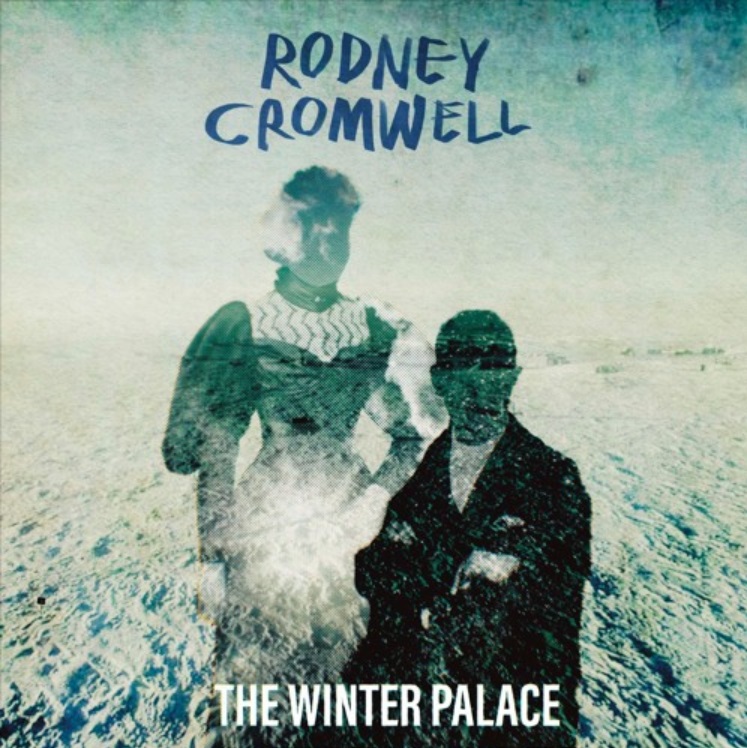
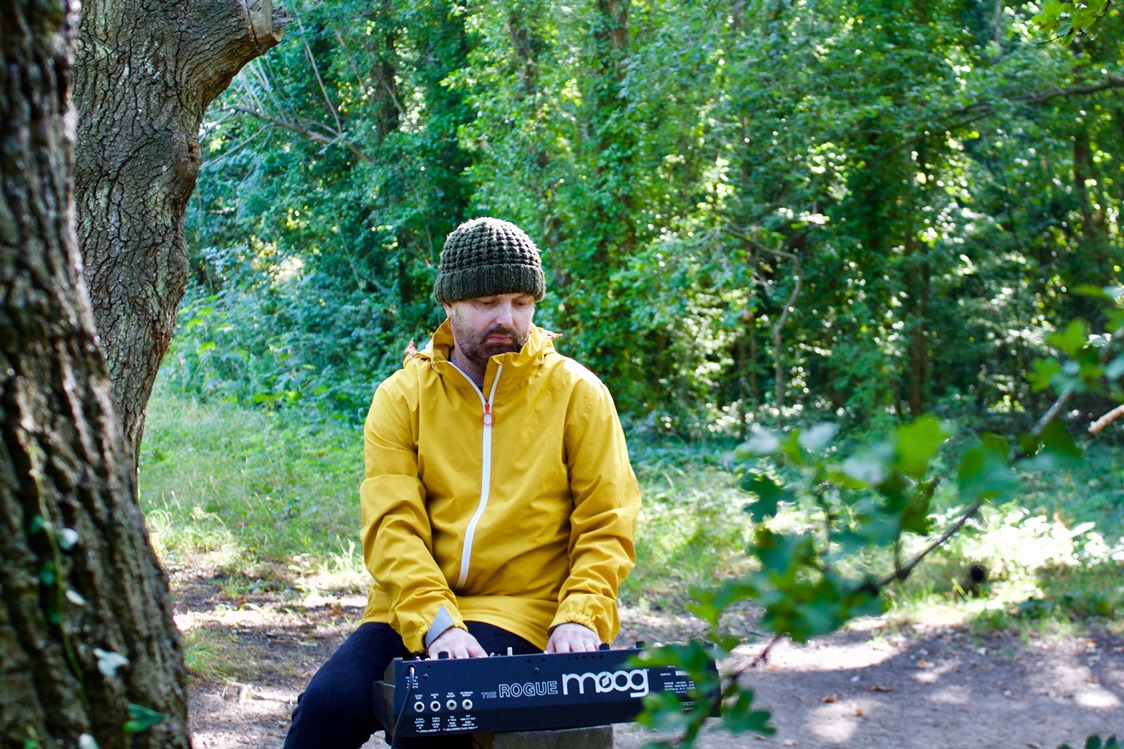
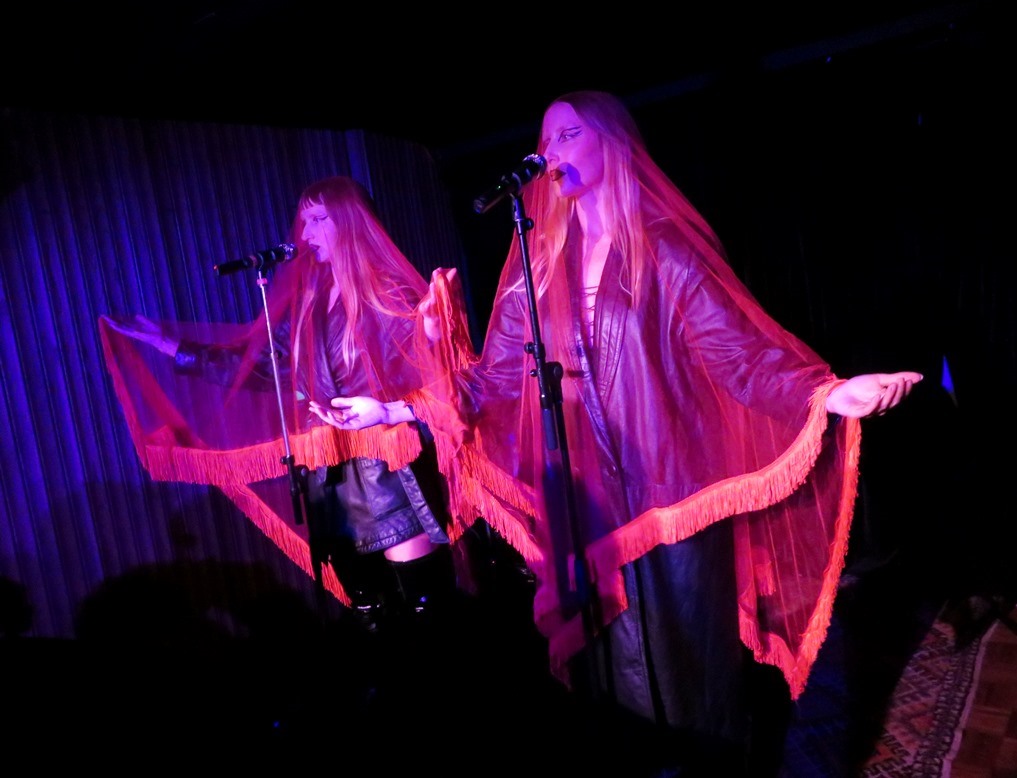
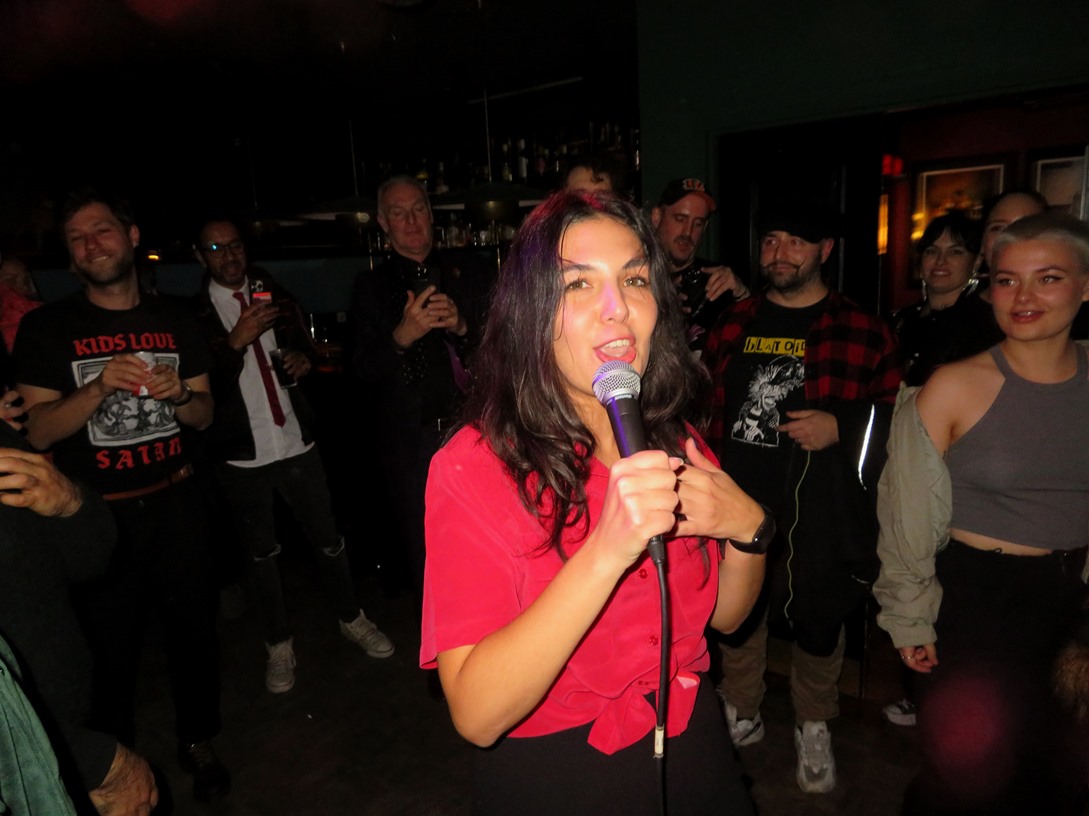
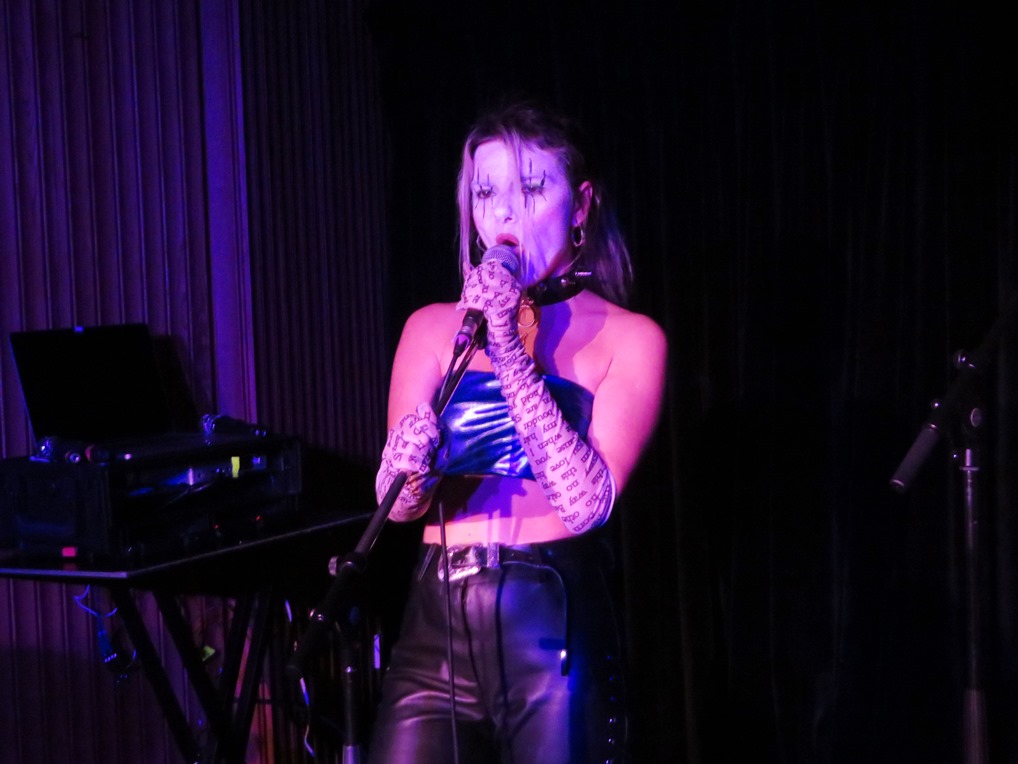
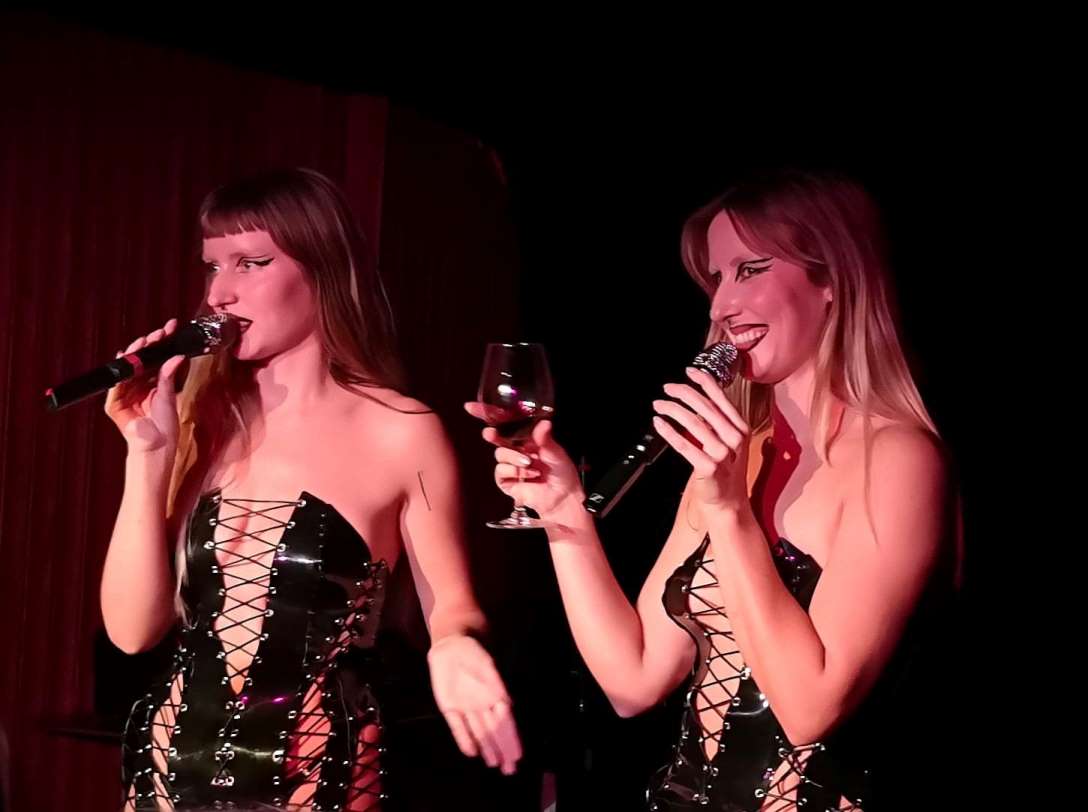
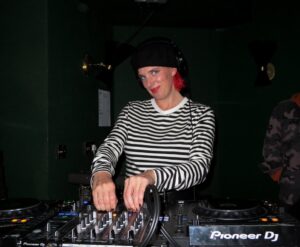
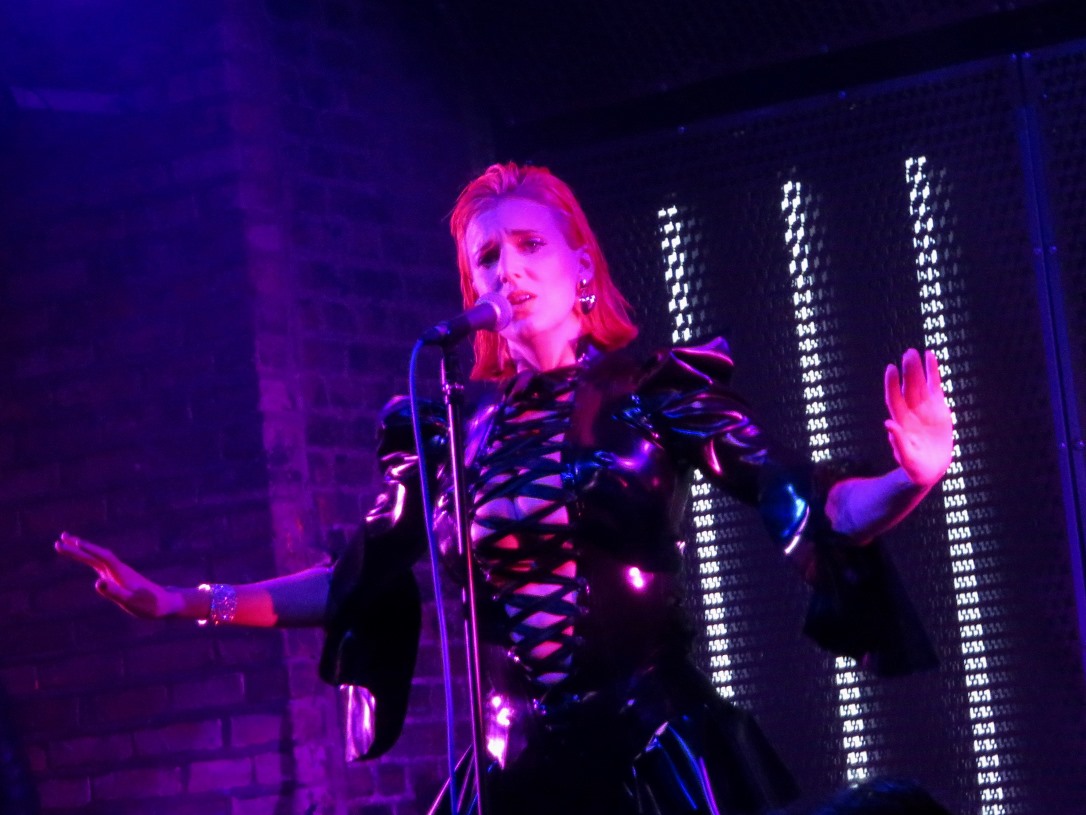
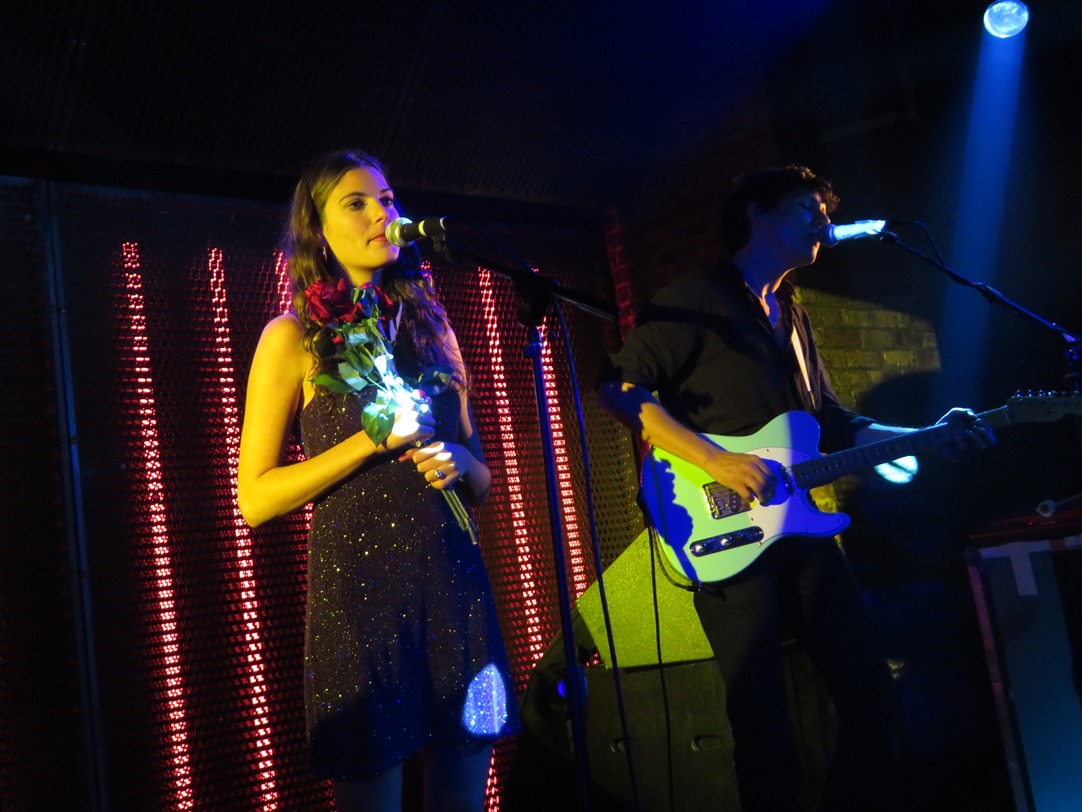
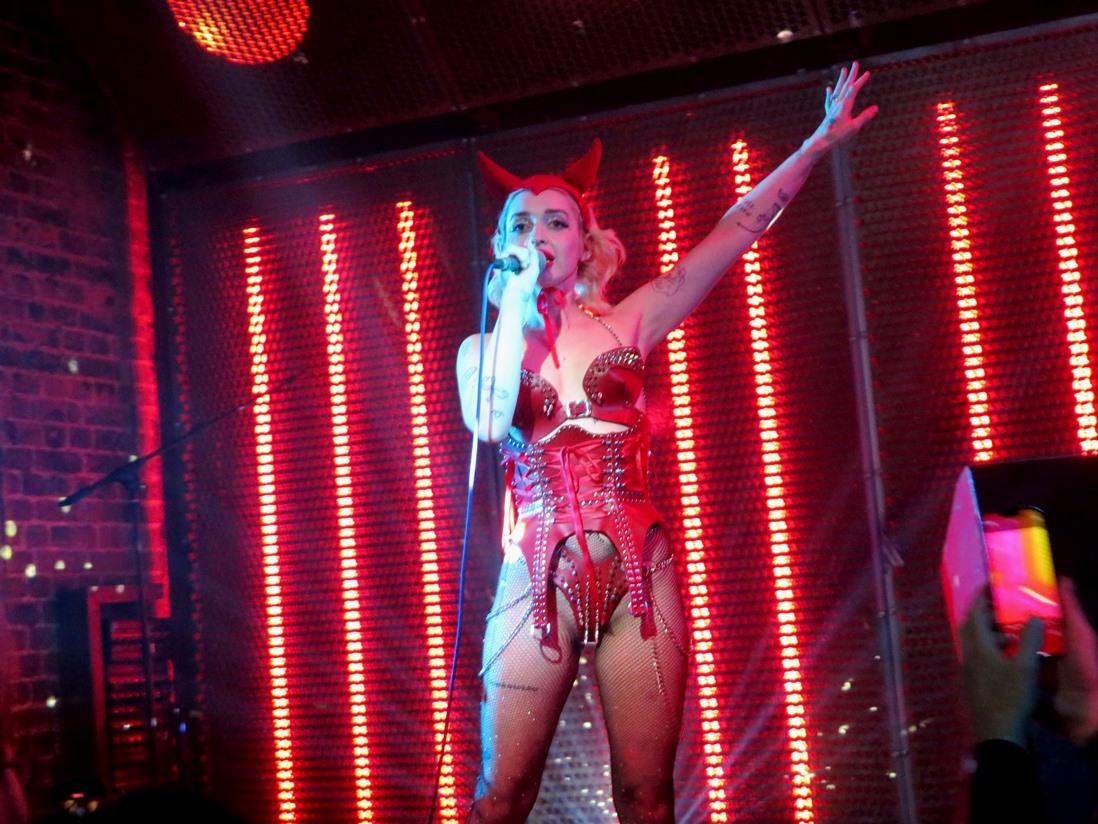
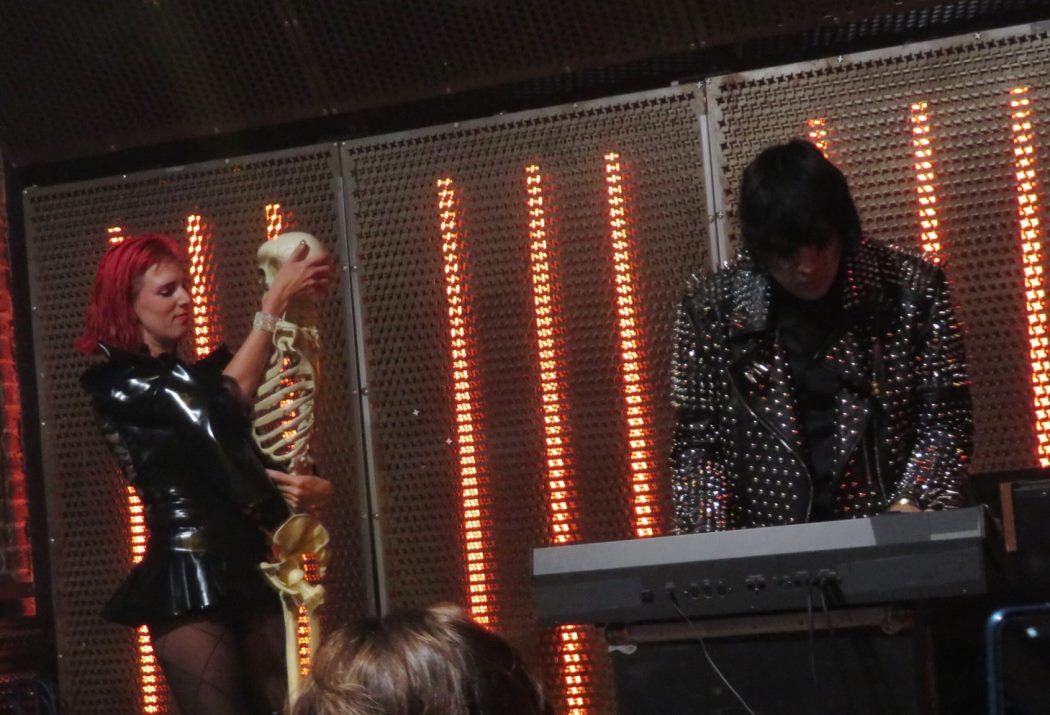
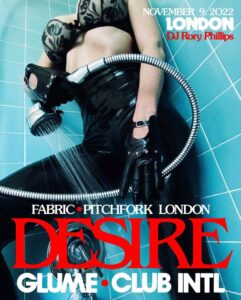
Follow Us!